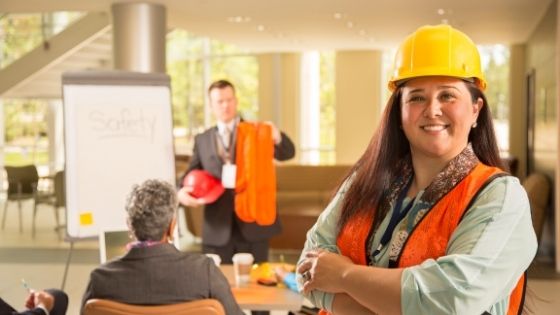Over the decades, the workplace has become increasingly safer. Awareness and increased regulation have resulted in fewer deaths and injuries on the job. Increasing lawsuits and insurance claims have also had their effect, making employers more cautious about job site hazards. But no matter the improvement, there will always be risks, and complacency is the enemy of awareness. Safety concerns need to be assessed regularly, and workers need reminding of both the risks and the procedures related to accidents. Safety concerns tend to be overlooked after measures have been initiated. Here are some areas often ignored.
• Get your Equipment Tested: It is essential to have safety equipment available and clearly labelled. If it is not inspected regularly, malfunctions can occur due to expiration dates and negligence. Fire extinguishers, for example, need to be checked and recertified. Smoke detectors and other safety equipment should be examined and updated as required. Usually is a simple procedure to locate a qualified technician like Jim’s Test & Tag portable appliances testing to inspect and fill out a report.
• Training Drills: Information is helpful, but it is even more beneficial to rehearse safety protocols at least twice a year. Online safety training may also be considered. Safety drills are even better than meetings because they have been proven to save lives. Experiencing and practicing what to do is more memorable and activates more areas of learning in the brain
• Have Information Available: Instruction son correct procedures are necessary before operating safety equipment. Manuals should be made available, and stickers should be considered to alert people to proper usage of various controls. There should also be information available pertaining to dealing with an accident or injury, along with procedures to shut down equipment.
• Labelling: All compounds should be labelled regardless of the risk they pose. Hazardous materials should also have the appropriate Safe Work labels and classifications. It is a good idea to create a colour code for labelling as well so workers can know immediately if something is combustible, corrosive, or otherwise volatile.
• Covid and PPE: Personal protection is the newest facet to the non-medical workspace, and it seems like the need for it is going to persist. It would be best if you had a PPE policy in place for your workers, and they should be required to follow procedures consistently throughout the day. Complacency is pervasive when it comes to PPE, but not using it all the time is like not wearing it.
• Inspections: Every workplace should have safety officer who is aware of all the risks and procedures at the workplace. This person should carry out checks as part of a regular inspection to ensure all safety features are in place and best practices are continuing.
• Accident Reporting: Not all accidents are serious, but something can be learned from every incident. Workers should be required to fill out an accident report anytime an injury or equipment damage occurs. The information should include what happened, the cause, and the treatment or repair required.
Safety does not need to be overbearing and restrictive. Proper procedures and training will make safe conditions occur naturally. But it is essential to evaluate safety measures regularly.

















